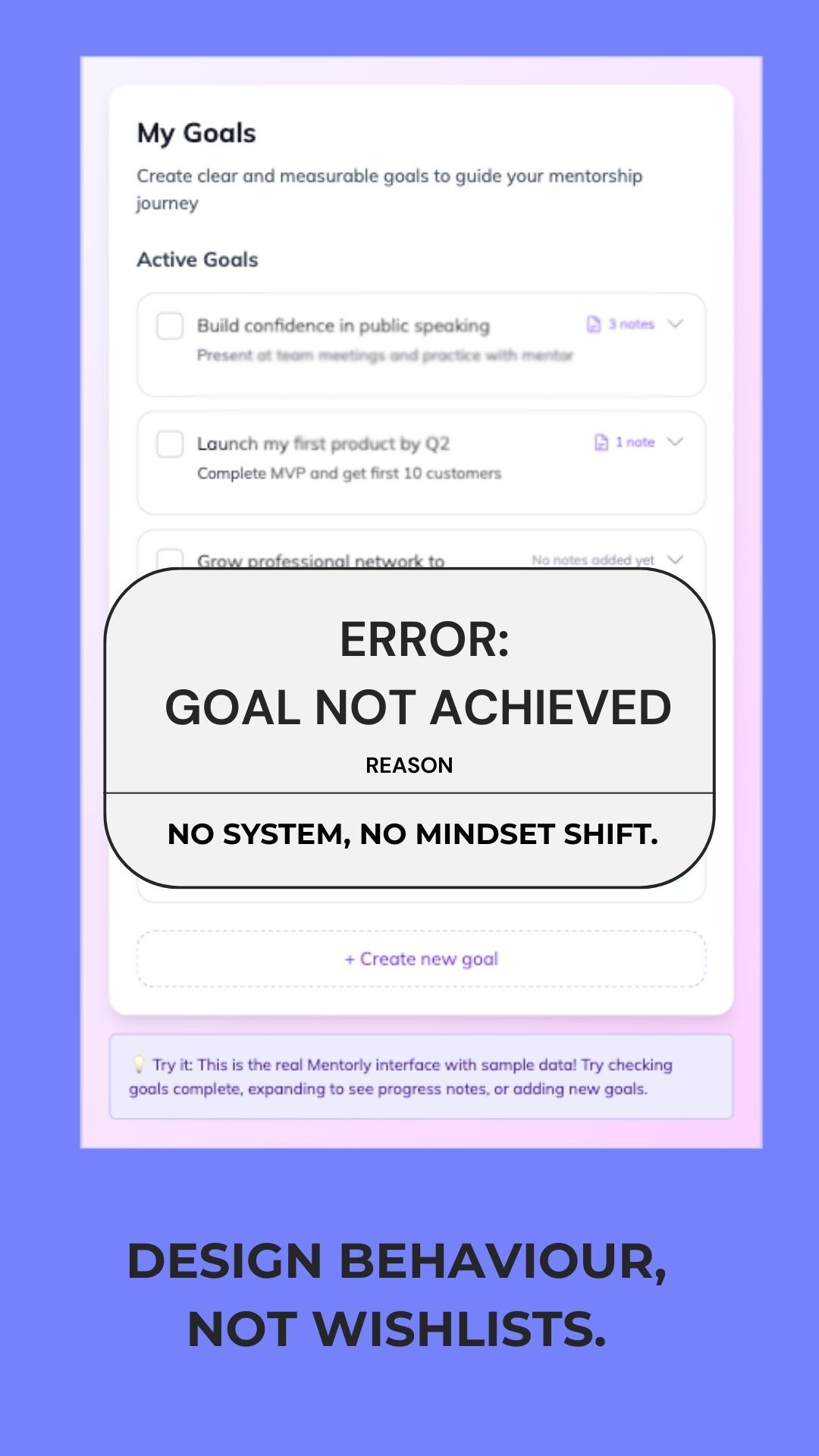Skills-Based Organizations: The Complete Guide to Moving Beyond Job Titles in 2025
Traditional job descriptions are becoming obsolete. In an era where roles evolve rapidly and new skills emerge constantly, forward-thinking organizations are dismantling rigid job architectures in favor of skills-based frameworks.
Draft Article
This is a draft version of this blog post and has not been published yet. Content may be incomplete or subject to changes.
Traditional job descriptions are becoming obsolete. In an era where roles evolve rapidly and new skills emerge constantly, forward-thinking organizations are dismantling rigid job architectures in favor of skills-based frameworks that prioritize capabilities over titles. This fundamental shift isn't just changing how we hire—it's revolutionizing career development, performance management, and organizational agility.
Why Job Titles Are Failing Your Organization
The average job changes significantly every 2-3 years, yet most organizations still operate with job descriptions written as if roles were static. This mismatch creates several critical problems:
Skills gaps go undetected until they become crisis points, high-potential employees feel trapped in narrow role definitions, hiring becomes inefficient as recruiters focus on previous titles rather than transferable skills, and project staffing suffers because managers can't easily identify who has the capabilities needed for new initiatives.
The solution isn't to tweak job descriptions—it's to fundamentally reimagine how we think about work itself.
The Skills-Based Organization Framework
Building Your Skills Taxonomy
Start by creating a comprehensive skills inventory that captures both technical competencies and human skills. Organize skills into categories like core business skills, role-specific technical skills, leadership capabilities, and emerging technology skills.
Implementation approach: Begin with your most critical roles and work backward to identify the specific skills that drive success. Use a combination of job analysis, performance data, and future-focused strategic planning to build your taxonomy.
Skills Assessment and Validation
Develop reliable methods for assessing and validating skills across your organization. This includes self-assessments, manager evaluations, peer reviews, and objective skill demonstrations. The key is creating multiple validation points to ensure accuracy.
Best practice: Implement skills passports or digital credentials that employees can build throughout their careers. These portable records travel with employees across roles and provide transparency about capabilities.
Transforming Talent Acquisition
Skills-based hiring focuses on what candidates can do rather than where they've worked. This approach dramatically expands your talent pool and improves diversity by removing degree requirements and industry experience barriers that don't predict job success.
Practical Hiring Changes
Replace traditional interviews with skills-based assessments that simulate real work challenges. Create job postings that emphasize required capabilities and growth opportunities rather than lengthy lists of preferred experience.
Example: Instead of requiring "5+ years of marketing manager experience," specify "demonstrated ability to develop and execute integrated marketing campaigns that drive measurable business results."
Skills-Based Job Architecture
Restructure roles around skill clusters rather than traditional hierarchies. This creates multiple career paths and allows employees to progress based on capability development rather than time in position.
Internal Mobility and Career Development
Skills-based organizations excel at internal mobility because they can easily identify employees with transferable skills who are ready for new challenges. This reduces external hiring costs and improves retention by providing clear growth paths.
Creating Internal Talent Marketplaces
Develop systems that match employee skills with internal opportunities, special projects, and stretch assignments. This might include AI-powered platforms that suggest opportunities based on skill profiles or structured programs that help employees explore different career paths.
Implementation tip: Start with cross-functional projects and temporary assignments that allow employees to build new skills while contributing to business objectives.
Skills-Based Performance Management
Transform performance reviews to focus on skill development and application rather than traditional rating systems. Evaluate employees on their ability to learn new skills, apply existing capabilities in novel situations, and contribute to team success.
Compensation and Recognition
Compensation structures must evolve to reward skill development and application rather than tenure or title. This might include skill-based pay premiums, bonuses for acquiring high-demand capabilities, or recognition programs that celebrate continuous learning.
Pay Equity Considerations
Skills-based pay can improve equity by focusing on capabilities and contributions rather than negotiation skills or previous salary history. However, it requires careful design to ensure fairness across different skill types and career paths.
Technology Infrastructure
Successful skills-based organizations invest in technology platforms that can track, analyze, and leverage skills data. This includes skills assessment tools, learning management systems that recommend development based on skills gaps, and analytics platforms that provide insights into organizational capabilities.
Essential Technology Stack
Your technology foundation should include skills inventory management systems, assessment and validation tools, learning recommendation engines, and internal mobility platforms that connect skills with opportunities.
Measuring Success
Track metrics that demonstrate the business impact of your skills-based approach. Key indicators include internal mobility rates, time-to-fill for open positions, employee engagement scores, skills gap closure rates, and overall organizational agility metrics.
Advanced metrics: Measure your organization's ability to quickly deploy skills for new initiatives, the speed of capability building in emerging areas, and the correlation between skills development and business outcomes.
Overcoming Implementation Challenges
The transition to skills-based organization requires significant change management. Address concerns about career progression, compensation fairness, and manager capability to evaluate skills rather than tasks.
Change Management Strategy
Start with pilot programs in willing departments, train managers on skills-based leadership approaches, and communicate the long-term career benefits to employees. Provide tools and resources that make the transition easier rather than more burdensome.
The Competitive Advantage
Organizations that successfully implement skills-based frameworks gain several competitive advantages: faster adaptation to market changes, improved employee engagement and retention, more efficient resource allocation, better project outcomes through optimal skills matching, and enhanced ability to identify and develop future leaders.
Future-Proofing Your Workforce
Skills-based organizations are inherently more resilient because they can quickly identify capability gaps and redeploy talent as business needs evolve. This agility becomes increasingly valuable as the pace of change accelerates across all industries.
The shift to skills-based organizations isn't just an HR initiative—it's a strategic business transformation that positions companies for success in an uncertain future. Organizations that make this transition now will have a significant advantage in attracting talent, developing capabilities, and adapting to whatever changes lie ahead.
The question isn't whether your organization will eventually adopt skills-based practices—it's whether you'll be a leader or a follower in this fundamental transformation of how work gets done.


